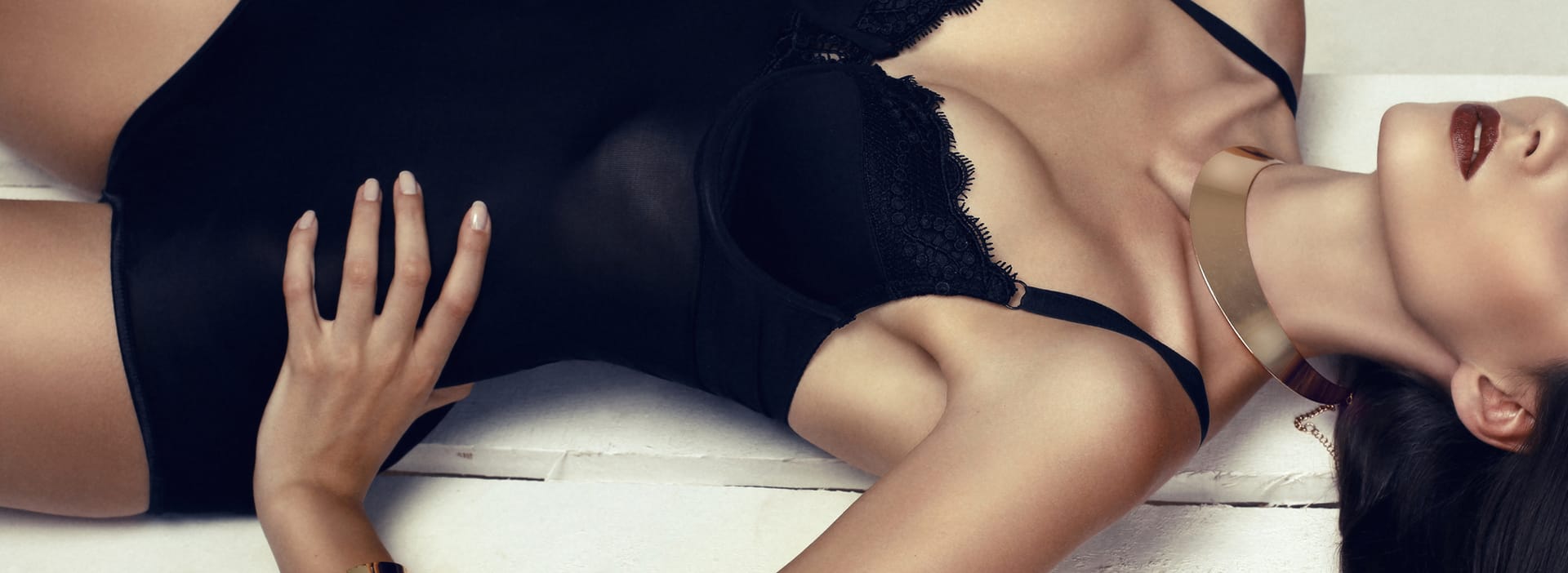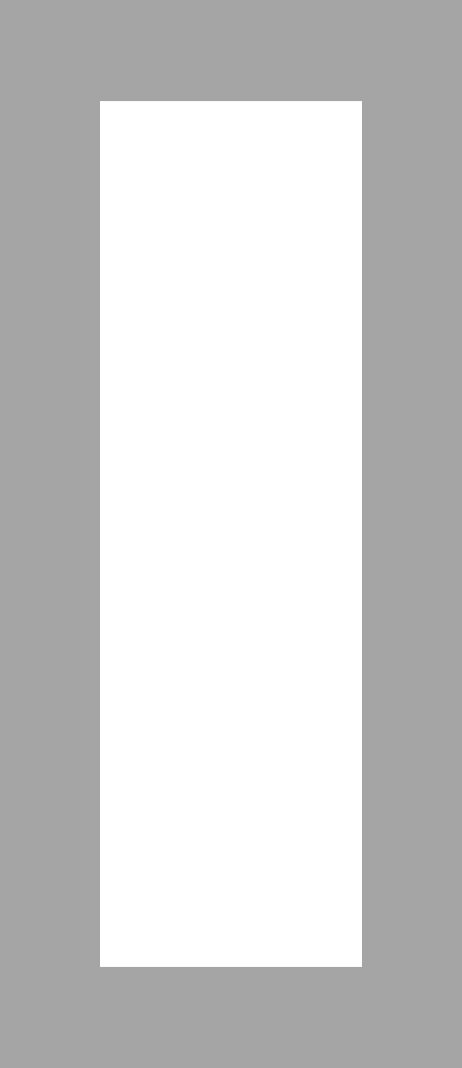Nose Packing Removal Following Septoplasty
Following a septoplasty, patients will be outfitted with soft nose packing material. This is used to help soothe the newly exposed skin inside of the nose. It also helps prevent over-drying, bleeding, and scarring. However, the packing may drip with some watery blood, which is completely normal.
Removal
The nose packing can be removed approximately two days after this rhinoplasty surgery. This can be performed at home with the help of friends or family. The packing is shaped like a cylinder about the length of one’s finger and it has a string on the end to aid in removal. Please adhere to the following steps when removing the nose packing material.
- For your comfort, take two pain pills one hour prior to removing the packing. You may be provided with pain medication by Dr. Hamawy or you can take an over-the-counter medicine. However, avoid anti-inflammatory medications, including aspirin, ibuprofen, and naproxen, since they can cause excessive bleeding. Tylenol is okay.
- We recommend removing the nose packing in the bathroom or in a cool room with a sink. We also recommend that you wear old clothing that it will be okay if blood gets on it. Rinse your face and neck with cool water prior to removal.
- Wet the nasal packing with cool water and begin to remove the packing by pulling on the string. Do not yank on the string. Remove it slowly, but surely. It may help if you pull the string gently side to side during removal. Keep your mouth open as this is performed.
- It is not unusual to get a nosebleed during this process. To combat bleeding, gently pinch the top of the nose for five minutes. Also, keep your head elevated and avoid warm liquids. Avoid coughing, sneezing, itching, or blowing your nose.
Irrigation
After the nose packing has been removed and the bleeding has stopped, you should be sure to irrigate your nostrils. This helps clean the nose of any blood clots or discharge that can accumulate. This process should be performed approximately four times a day for two weeks.
- Fill a sterile bulb irrigation syringe with tap water.
- Bend over the sink and place the syringe at the tip of one nostril, aiming towards the back of the neck.
- Flush your nose forcefully by squeezing on the soft end of the syringe. Keep your mouth open as you do this. The water should come out the other nostril and/or your mouth.
- Repeat on the other nostril.
- When you’re done irrigating the nose, apply Vaseline to the base of the nose. This will help keep the nose from becoming irritated or drying out.
Nosebleeds
Nosebleeds may occur during this phase of recovery. If your nose begins bleeding, repeat the same process as following removal of nose packing.
- Gently pinch the top of the nose for five minutes
- Keep your head elevated
- Avoid warm liquids
- Do not cough, sneeze, itch, or blow your nose
- If the nosebleed does not stop or if you are getting nosebleeds frequently, please contact your doctor.
Why Choose Us?
Dr. Hamawy is a double board-certified plastic surgeon with elite training from the University of Pennsylvania and Weill Cornell Medical College. A former U.S. Army combat surgeon with over two decades of experience, he brings unmatched precision, calm bedside manner, and a deep understanding of both form and function. His approach to septoplasty is centered on safety, natural results, and comprehensive care—from consultation through recovery.
Dr. Martinez is a board-certified plastic and reconstructive surgeon from Cartagena, Colombia. He completed medical school and pursued advanced training in the U.S., including a general surgery residency at Bronx-Care Hospital and a plastic surgery fellowship at St. Joseph’s University Medical Center. Known for his humanitarian efforts in underserved communities during surgical mission trips to Africa, Dr. Martinez combines skill and artistry with a strong dedication to patient care.
Dr. Hamawy and Dr. Martinez offer a collaborative, credentialed, and patient-focused experience designed to deliver exceptional results and peace of mind at every stage of care.
FAQs
Will it hurt when the nose packing is removed?
You may experience mild discomfort or pressure, but taking Tylenol or prescribed pain medication one hour before removal can help manage any pain. The process is typically well-tolerated when done slowly and carefully.
Can I shower before or after removing the packing?
It’s best to avoid warm showers just before removal, as steam and heat can increase the risk of bleeding. Opt for a cool rinse or sponge bath instead. You may shower later the same day if bleeding has fully stopped.
What should I do if the packing seems stuck?
Do not force it. Re-moisten the packing with cool water and wait a few minutes. Gently tug side to side. If it still doesn’t come out, contact our office for assistance.
Is it okay to sleep right after removal?
Yes, but be sure to sleep with your head elevated on two pillows to help reduce the risk of bleeding and swelling. Avoid lying flat for the first 48 hours.
Can I go back to work or school the day after removal?
Many patients feel ready to return to light activities within a day or two. However, avoid strenuous tasks or exercise for at least a week, or as advised by our surgeons.
When can I blow my nose again?
Avoid blowing your nose for at least two weeks after surgery—or longer if advised. Blowing too soon can disrupt healing and cause bleeding.
What if one side bleeds more than the other?
Some asymmetry in healing and bleeding is normal. Follow standard nosebleed care instructions. If heavy bleeding persists or seems unusual, please call us.
Can I use a humidifier during recovery?
Yes! A cool-mist humidifier can help keep the nasal passages moist and reduce dryness and irritation, especially during sleep.
How will I know if something is wrong during healing?
Signs of concern include persistent bleeding, high fever, foul-smelling discharge, or severe pain. If you experience any of these, contact us immediately.
Will I need a follow-up appointment?
Yes. We typically schedule a follow-up visit within one week of your septoplasty to ensure proper healing, review irrigation techniques, and answer any questions you may have.
Healing Support That Helps You Breathe Easy
If you’re preparing for septoplasty or have questions about your recovery, we’re here to support you every step of the way. Our team provides detailed instructions, ongoing care, and personalized guidance to ensure your comfort and safety during the healing process.
Book a consultation with Dr. Hamawy or Dr. Martinez today and discover expert care tailored to your needs—from functional breathing improvements to refined aesthetic outcomes.

Schedule a Consultation
Contact Us2025 © Copyright Princeton Plastic Surgeons. All Rights Reserved. Privacy Policy
Princeton Plastic Surgeons, based in the New Jersey area, boasts board-certified surgeons who specialize in procedures such as facelifts, breast lifts, breast augmentations, and tummy tucks.



